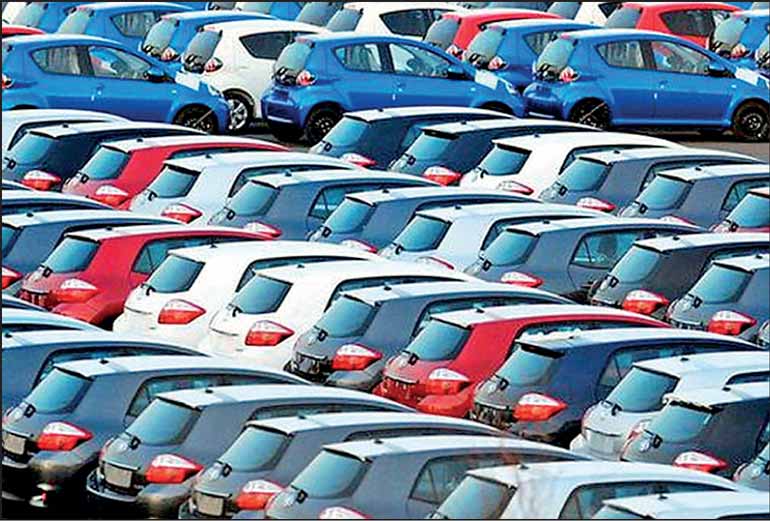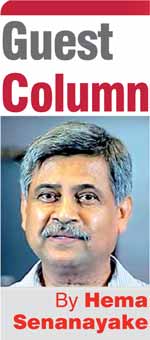Sunday Dec 14, 2025
Sunday Dec 14, 2025
Saturday, 30 November 2024 00:20 - - {{hitsCtrl.values.hits}}

The Government is heading to make a serious mistake unintentionally in another area by lifting the ban on vehicle imports
 President Anura Kumara Dissanayake at the inauguration of the first session of the 10th Parliament delivering a speech, said that the NPP Government must go with the IMF framework and the previous administration’s debt restructuring agreements as they have been endorsed by the IMF. It is true. Renegotiating for a new Debt Sustainability Analysis (DSA) is now dead. That is good, because we must end this process as early as possible to enter a new beginning.
President Anura Kumara Dissanayake at the inauguration of the first session of the 10th Parliament delivering a speech, said that the NPP Government must go with the IMF framework and the previous administration’s debt restructuring agreements as they have been endorsed by the IMF. It is true. Renegotiating for a new Debt Sustainability Analysis (DSA) is now dead. That is good, because we must end this process as early as possible to enter a new beginning.
If the Net Present Value analysis proves beneficial for us to ensure debt sustainability even under the macro-linked bond mechanism we must finish this process. The NPP Government is going to do it possibly by the end of December this year. It is a great consolation.
So, the President very correctly insisted that there is no chance even for a simple mistake. But the Government is heading to make a serious mistake unintentionally in another area by lifting the ban on vehicle imports from 1 February 2025. The objective is clear – import vehicles, collect import tariffs to pay the increased salaries and other financial concessions promised.
Outflow of massive amounts of foreign exchange by this single act
This was Ranil’s formula and now the same is sold to NPP Government openly by the Governor of the Central Bank. The possible negative outcome is the outflow of massive amounts of foreign exchange by this single act, destabilising the domestic currency. As far as I know, the Central Bank will not intervene in the forex market to stabilise the rupee, because the IMF’s prescription is to allow the rupee to find its natural exchange value based on demand and supply. This natural exchange value of rupee could easily touch Rs. 400 for one US dollar. I am not arguing to keep the vehicle import restrictions for a long time, instead I argue that lifting the ban should not be linked to find essential revenue for the Government to pay for increased salaries and provide other financial incentives promised to various people.
The Central Bank might be pointing out to the Government that there is a mild deflation which could be temporary, but also shows slow-down economic activity. Such a situation requires the system to inflate as the Central Bank’s target rate of inflation is 3 to 5%. In this kind of situation, a recently popular policy tool is to use Quantitative Easing to push the demand up. This option is not available to Sri Lanka under the new Central Bank Act as the Central Bank cannot expand its balance sheet to support the Government’s Quantitative Easing plans. So, the Central Bank can let the currency depreciate to inflate the system, and removing the ban on vehicle imports is one mechanism to do it. The silliest strategy ever.
Alterative strategic measures
However, a few alterative strategic measures can be sorted out if Deputy Finance Minister Dr. Harshana Sooriyapperuma brainstorms a few questions with Dr. Nandalal and Mahinda Siriwardana and other economists. I will list them as follows.
I was happy about the NPP Government’s decision to keep Dr. Nandalal Weerasinghe and Mahinda Siriwardana as they are capable of bringing in new strategies if the NPP Government asks the right questions. Can the Deputy Minister of Finance get answers to the above seven questions from the Central Bank and from the Treasury?
(The writer can be reached via [email protected].)